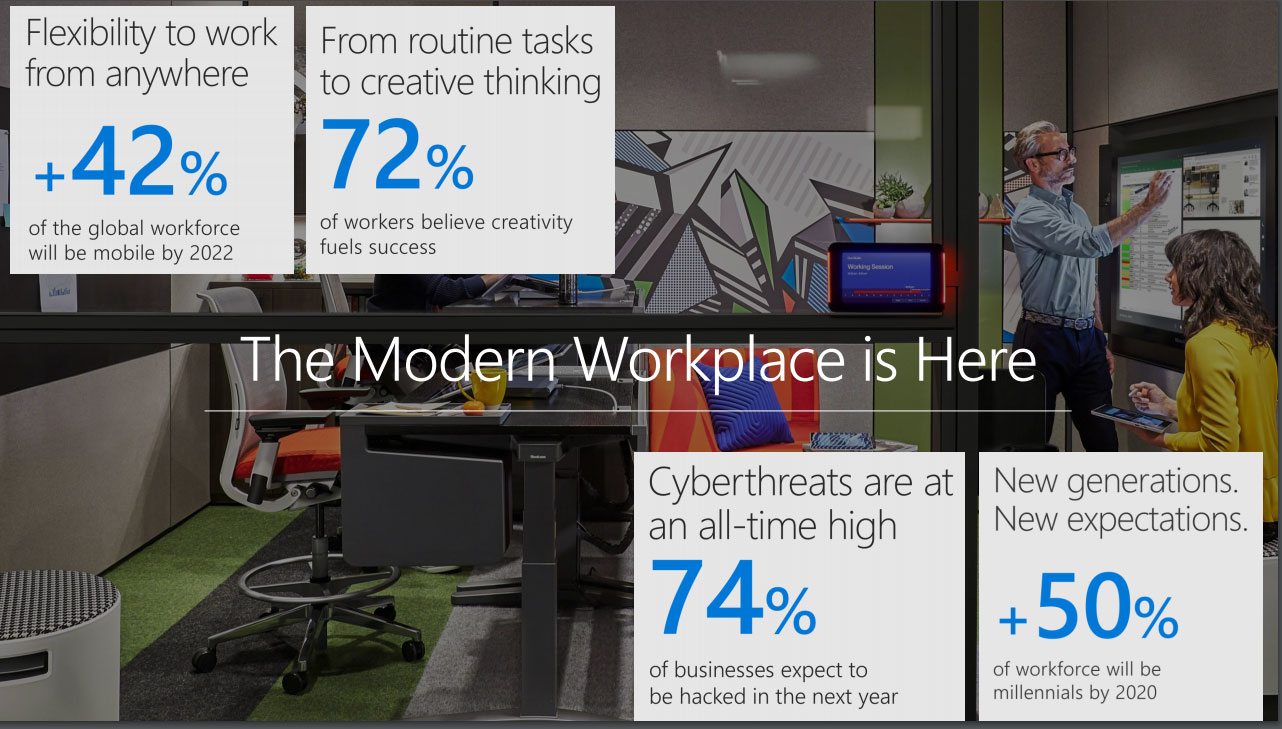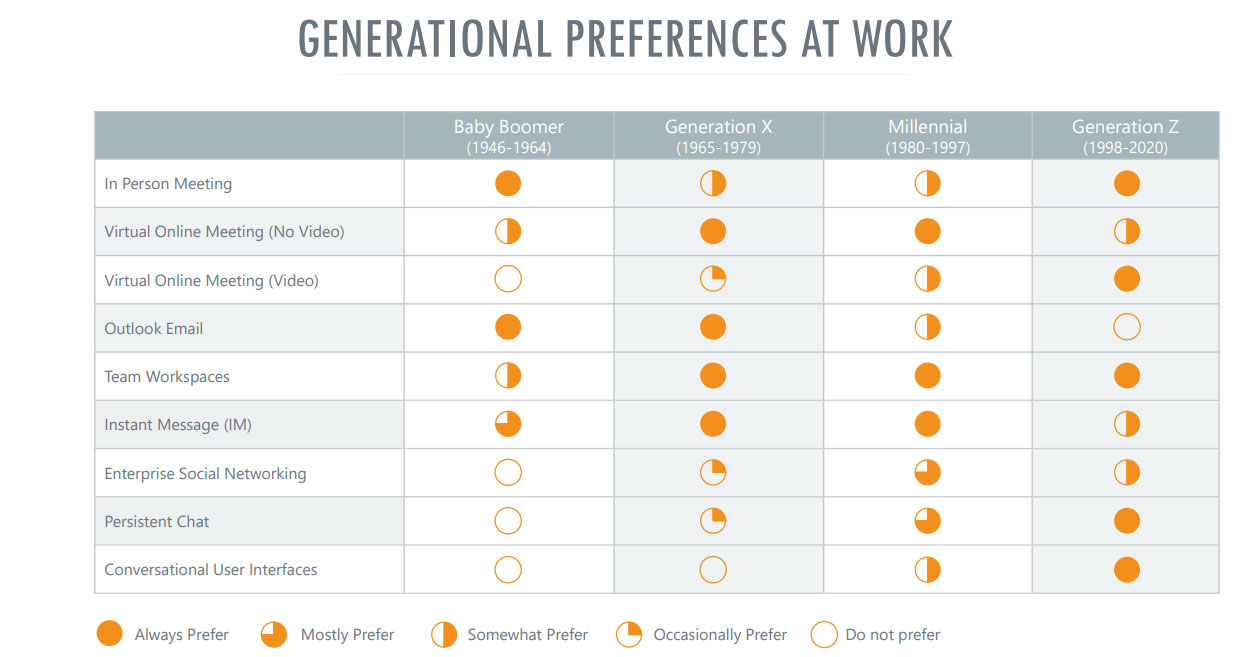Collaboration Changes in the Digital Workplace: Top 3 Challenges
Collaboration Changes in the Digital Workplace: Top 3 Challenges
It shouldn’t come as a surprise that cloud technology is changing the way the modern workforce gets things done. From empowering us to work from anywhere on any device to enhancing the way we communicate and collaborate, the opportunities to enable the workforce via innovative technology is growing every day. However, these rapid changes also come with the risk of failing to respond to a new generation of workplace expectations fast enough, while simultaneously defending against a growing number of cyber risks. Any remaining doubters need to only look at some of the latest stats:

Teamwork is How Work Gets Done
Advancements in technology are making it possible for employees to collaborate more effectively than ever before. In fact, new findings reveal that the average organization has formed 2x more teams compared to 5 years ago. The same report shows that there has been a 50% increase in “collaborative” work over the past 5 years and that teams that work together are 5x more likely to be high performing than individuals working in their own silos.
The Demands of a Digital Workforce
As a leader of your organization, one of the most important responsibilities is to build and support a collaborative team. While we’re seeing technology enable workforce collaboration in new and exciting ways, business leaders are also faced with new and complex challenges.
- Internal & External Members: Today’s mobile workforce extends beyond the office and typical work hours. Whether it’s a lost device or a phishing attack, you can no longer assume a “wall” will keep hackers out. That being said, restricting access to those outside the firewall is no longer a viable option either, especially with the modern workforce requiring the flexibility to communicate and collaborate from anywhere and on any device.
- Geographically Distributed: Before the days of videoconferencing and intranets, teams generally needed to be in the same physical location in order to work together. Today, businesses can tap talent from around the world, making it possible to collaborate more freely, improve creativity, and ultimately drive profitability. Members of your team may be in different time zones, speak different languages, and be part of different cultures. This poses a new challenge on leadership to ensure they provide varied ways to connect a distributed workforce.
- Generational Preferences: Today’s workforce is made up of five different generations. In the next year, more than half of the workforce will be millennials. The emerging workforce brings with them a new set of preferences for how they want to communicate. As we can see from the chart below, the variation of generational preferences is yet another challenge business leaders are faced with – how will you get this multi-generational team to work together?



SHARE